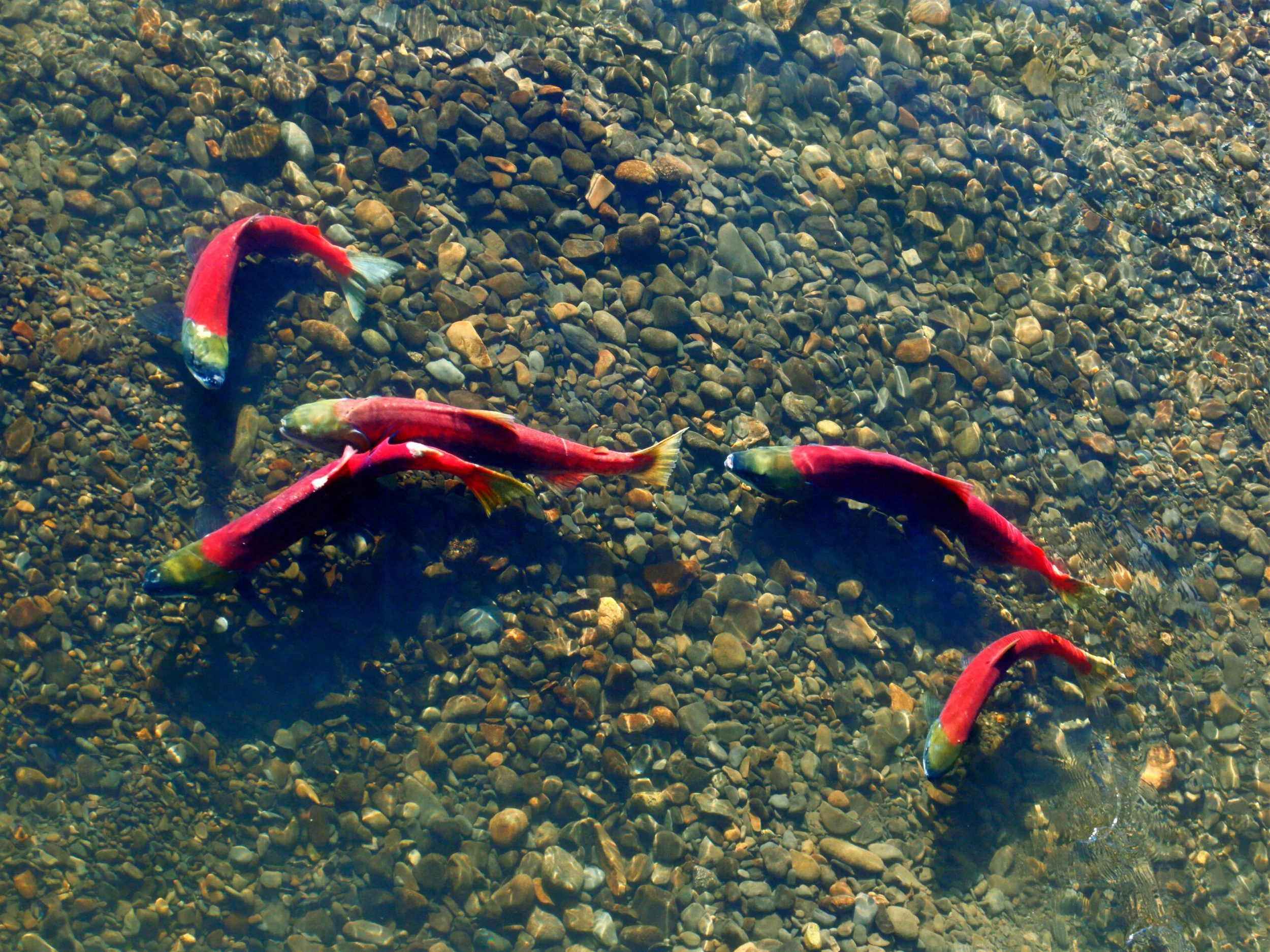Conservation Conversations: Pat Ford and Saving our Wild Salmon
Editor’s Note: This profile was written by Boise State University students Arlee Allred, Heather Albrecht, and Jared Tarver as a project for an Environmental Studies course taught by Dr. Sophia Borgias. Through the Conversations on Conservation project, students interviewed Idaho’s conservation professionals to learn more about their career paths, work, and the future of Idaho's environment. Pat Ford served as ICL Executive Director many years ago. Most recently, he was the executive director for Save Our wild Salmon coalition.
Pat Ford is a conservationist who grew up in Idaho Falls and worked for the Idaho Conservation League from 1977 to 1984 before moving on to be the executive director for the Save Our Wild Salmon Coalition. When interviewing Ford, we asked what initially drew him to conservation work and how he got involved with the Idaho Conservation League. He spoke about how his time spent in New York for college made him realize he was meant to be back in Idaho working in conservation.
 "New York made me an Idahoan. It convinced me that there was stuff here that I hadn't valued that is quite valuable, like quiet open places, fish, and wildlife... Idaho just had something to it."
"New York made me an Idahoan. It convinced me that there was stuff here that I hadn't valued that is quite valuable, like quiet open places, fish, and wildlife... Idaho just had something to it."
A major focus of Pat’s work has been pushing for removal of the four dams on the lower Snake River to save wild salmon and steelhead from extinction. Pat explained that it would benefit everyone in the long run due to the fact that salmon are a keystone species and vital for a healthy ecosystem. The nutrients salmon collect from the saltwater ocean provide vital nutrients for the ecosystem of the Snake River and Rocky Mountains, and create equilibrium among the food chain. However, there is controversy and debate surrounding the removal of the dams. Pat formed the Save Our wild Salmon coalition to gather a group of diverse people who could agree and come together to make changes. Pat and his colleagues worked with ranchers, politicians, and Indigenous Tribes, and then leaned in the direction of policy in order to bring about change.
“We worked on policy, so we went to court trying to seek court assistance in forcing the dam operating agencies to comply with the laws regarding salmon and steelhead recovery.”
Pat also touched on his time working with Indigenous Tribes. Tribes across the region have ancient knowledge of coexisting with nature and keeping a healthy balance with the life around them. When it comes to legal issues, Tribes have influence on decision-making. Ford explained they are very effective in the courtroom: “[The Tribes] are very powerful in court. They have good lawyers, and they have a lot of grievances that are well founded in law.” To be successful in conservation, Pat emphasized the importance of people coming together in support of the environment. He explained that it requires dedication and preserverance, as it has been a long and emotional journey:
“It [has] taken longer than I thought it would and I now realize that’s both the way it is and appropriate in many ways.”
Pat has been working on these issues for 20 years and hopes to see the dams removed in his lifetime. He continues to advocate for wild salmon and steelhead in the region, and raises awareness about the need for action to save them from extinction.

